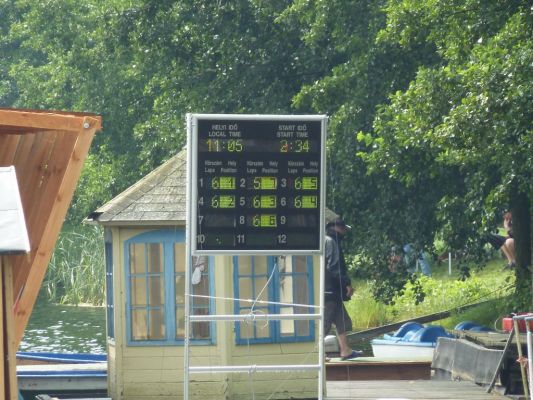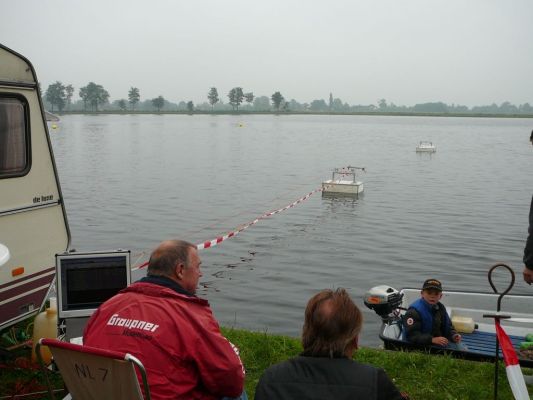The camera starts we used in the past in Charleston is coming back. We still have the equipment. Looking to possibly upgrade the equipment as well. No more arguing about the starts. We have had enough.
Do you have details on where to get a camera that can get triggered by a voltage input from the clock's computer? Thanks. And any other equipment info as well.
Craig,
It is a rather simple setup and is as follows:
1. Get a digital camera, even a cheap one will work.
2. You will need a 2 wire adaptor to hook into the camera.
3. Pull a 2 wire cable from the clock to the camera. 22 awg will work fine. Connect one end to the clock AMB terminals (using Randall Thomas clocks) and the other end to the camera adaptor.
4. Get a computer monitor and connect a video cable from the monitor to the camera.
5. Put the camera on a mini tripod directly on the start line, wherever the CD is located.
6. When the clock hits zero, the clock fires a signal to the camera and it snaps a picture of the start. That picture is then relayed to the monitor to confirm the start. All of the starts are recorded in the camera SD or similar card for review as needed.
The cost of the equipment is rather cheap these days. The camera can be had for less than $100 and so should the monitor. A tripod is about $10. The cabling will be less than $25. For less than $250 a club can put a no argument start system into place.






